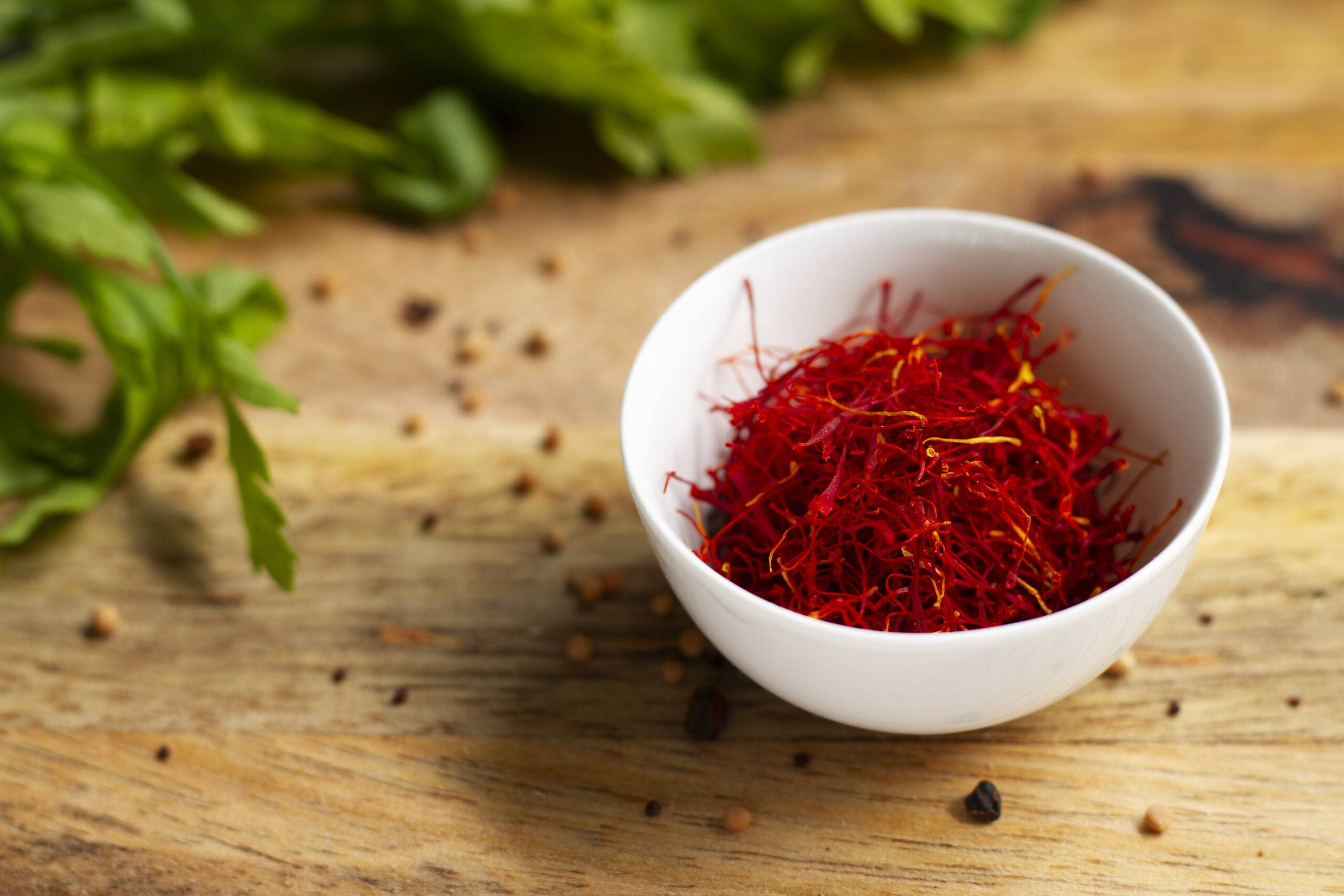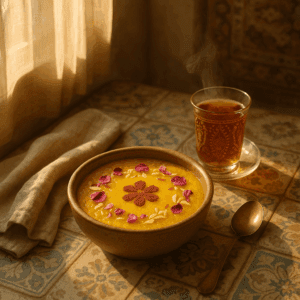Saffron, often dubbed the “red gold” of the spice world, is prized for its unique flavor, vibrant color, and aromatic qualities. Derived from the delicate stigmas of the Crocus sativus flower, saffron has been cherished for centuries in kitchens and apothecaries alike. Whether you’re a seasoned chef or a curious home cook, this ultimate saffron cooking guide will help you unlock the full potential of this luxurious spice.
What is Saffron?
Saffron comes from the dried stigmas of the Crocus sativus flower. Each flower produces only three stigmas, and harvesting them is a labor-intensive process—one reason for saffron’s high price. Its flavor is subtly sweet, slightly hay-like, and earthy, with a floral aroma. The brilliant golden-yellow hue it imparts to dishes is unmistakable and highly sought after.
How to Select Quality Saffron
- Deep red threads: High-quality saffron threads are deep red with slight orange tips.
- Strong aroma: It should smell sweet and floral.
- No yellow or white parts: These indicate lower quality.
- Lab certification: Look for ISO 3632 certification for verified quality and purity.
Avoid saffron powders unless you trust the source, as they can be adulterated.
How to Store Saffron
Keep saffron in an airtight container away from light, heat, and moisture. Stored properly, saffron can last up to two years without losing its potency.
Preparing Saffron for Cooking
To maximize flavor and color, saffron should be “bloomed” before use:
- Crush the threads: Use a mortar and pestle or rub between your fingers.
- Soak: Steep the crushed threads in warm water, broth, or milk for 10–15 minutes before adding to your dish.
This process releases the spice’s essential oils and pigments.
Tips and Tricks for Cooking with Saffron
- Use sparingly: A little goes a long way—10 to 15 threads are enough for 4 servings.
- Add early or late? For rice and stews, add saffron early to infuse the entire dish. For delicate creams or sauces, add near the end to preserve aroma.
- Pairings: Saffron complements seafood, chicken, lamb, rice dishes, pasta, and even desserts like custards and ice cream.
- Avoid high heat: Prolonged exposure to high heat can diminish saffron’s flavor and aroma.
Classic Dishes Featuring Saffron
- Paella: The iconic Spanish rice dish owes its golden color and subtle flavor to saffron.
- Risotto alla Milanese: Italian risotto enhanced with saffron for a rich, aromatic taste.
- Bouillabaisse: A French seafood stew flavored with saffron.
- Saffron Rice: A simple yet flavorful side dish popular in Middle Eastern and South Asian cuisines.
- Saffron-infused desserts: Such as saffron rice pudding or saffron ice cream, enjoyed across many cultures.
Saffron Substitutes
If saffron is unavailable, turmeric or annatto can provide color but lack the unique flavor. For aroma, a small pinch of saffron extract or safflower may help, but nothing truly replicates saffron’s complexity.
Final Thoughts
Saffron is more than just a spice—it’s an experience that elevates everyday dishes into something extraordinary. By selecting quality saffron, preparing it correctly, and using it thoughtfully, you can bring a touch of luxury and tradition to your cooking.
So next time you want to impress your guests or simply treat yourself, reach for that little jar of red gold and let your creativity blossom!



